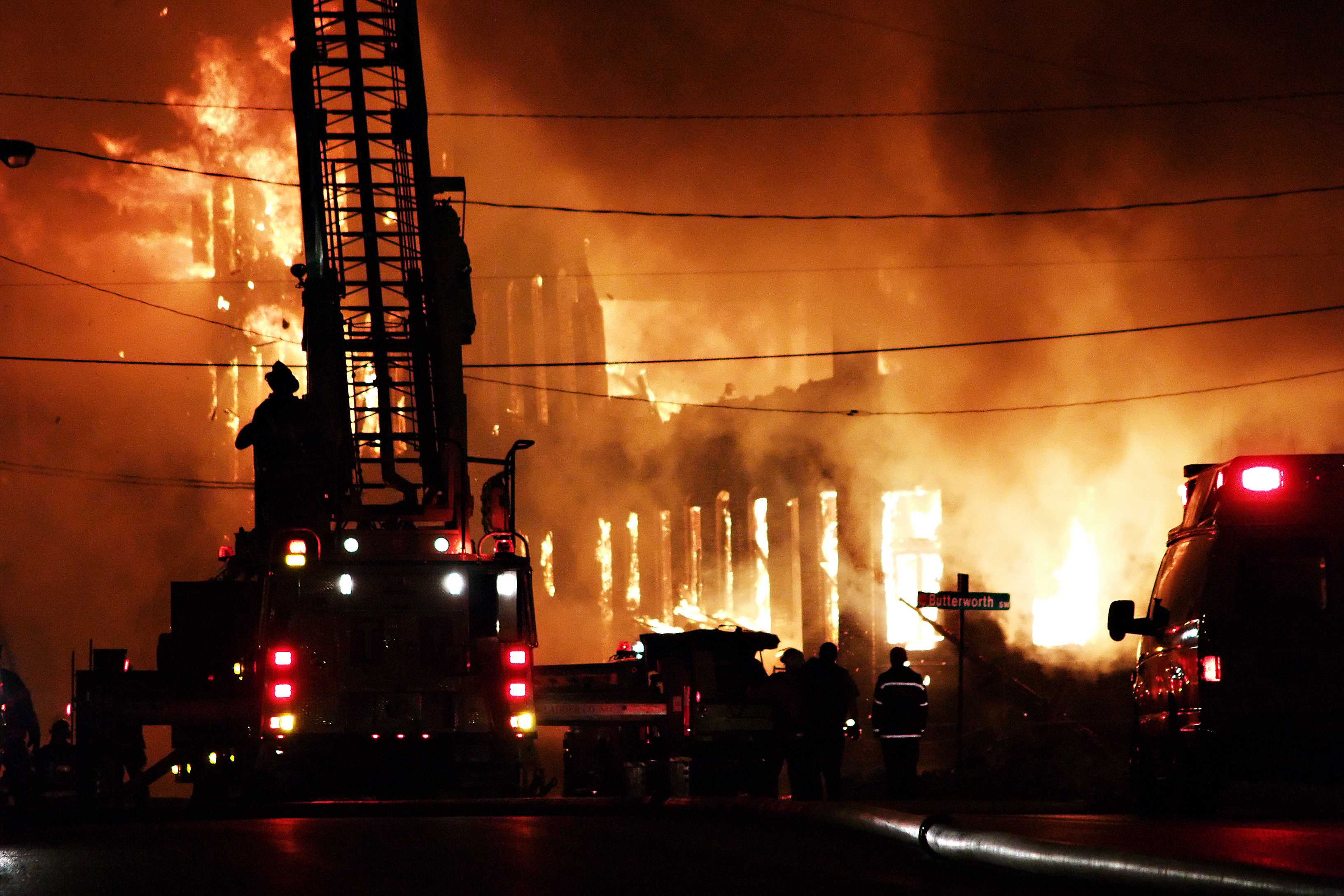The Electrical Distribution System: A Ticking Time Bomb?
Credit to Author: Ratnesh Pandey| Date: Fri, 16 Jun 2017 04:35:45 +0000
When was the last time you went to your building basement or to the ground floor and checked the Electrical Distribution System of your building? Or let’s start by asking, do you even know that your building has one? Of course, you do but don’t find it appealing or important enough to pay any heed to!
You bought a nice apartment and inquired about the tiles, sanitary ware, fittings, wall paints, wallpapers and every other detail. But ignoring one key aspect – the one that powers your building and one that makes it bright and warm or cold – the electrical infrastructure or the electrical panel.
Electricity is the life line of a building. If not dealt properly, it can take lives!
Yes, and if the above line doesn’t make you shudder then the disturbing statistics below would definitely do:
- 9900 people died between 2010-2016 due to ~10,500 electric short circuit related fires. To put that in perspective, that’s 55 passenger planes crashing in the last 7 years.
- Mumbai has most short-circuit fires and deaths in India
- Mumbai is the most dangerous city in the country as far as fires caused by short-circuit go. From 2009 to 2013, 285 short-circuit-caused fires occurred in Maharashtra’s capital city, compared to 196 in Delhi,
While these numbers state what has happened, it’s interesting to reflect on a data point that 70% of the buildings which are to be up by 2030, in India, are yet to be built. Well, this brings us an opportunity as to how can we make the electrical infrastructure of these buildings robust, safe, reliable and not to forget, green!

What starts as a small spark has the potential to ruin property worth millions and uncountable lives. This makes an untested, un-certified panel a ticking time bomb, which will explode one day, without any notice!
Strict governance and adherence to standards is the way forward in this country. International Electrotechnical Commission has laid down certain guidelines as to how should an electrical panel be made in terms of design and specifications.
As per IEC 61439 – 1&2, these guidelines ensure an electrical panel is passed through various tests, to name a few
- Short circuit withstand test
- Glow wire test which ensures panel is resistant to internal glowing faulty elements
- Mechanical impact test which ensures resistance from mechanical impact from all sides
- Seismic tests which provide capability to withstand an earthquake
- Lifting tests to facilitate ease of transportation
It’s time consumers who’re the ultimate users of these electrical panels (assemblies) start asking for fully compliant and certified IEC tested assemblies from their builders and facility providers.

Data sources:
The post The Electrical Distribution System: A Ticking Time Bomb? appeared first on Schneider Electric Blog.